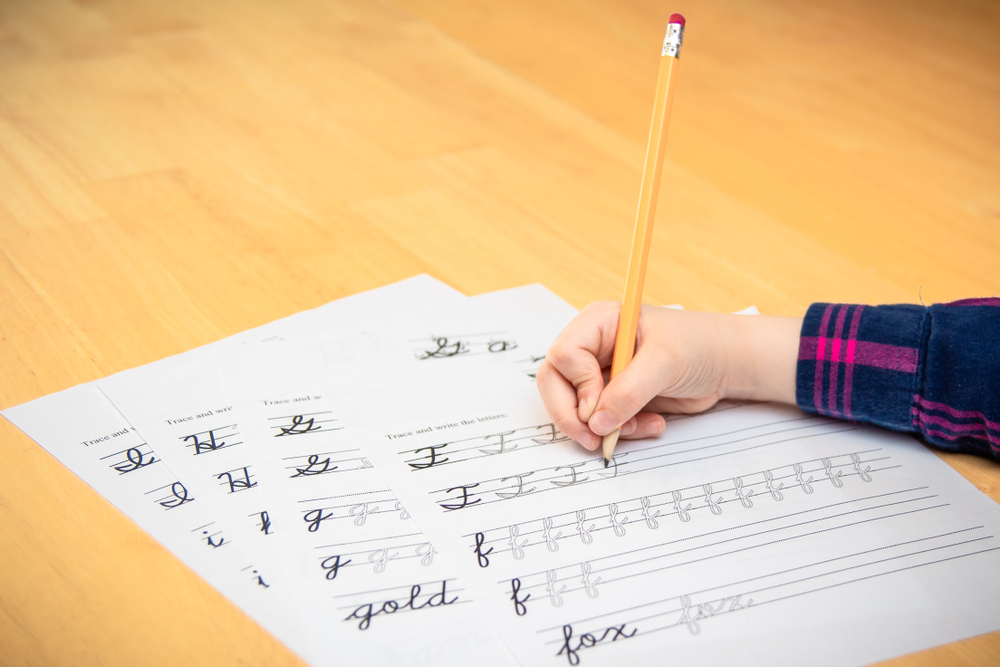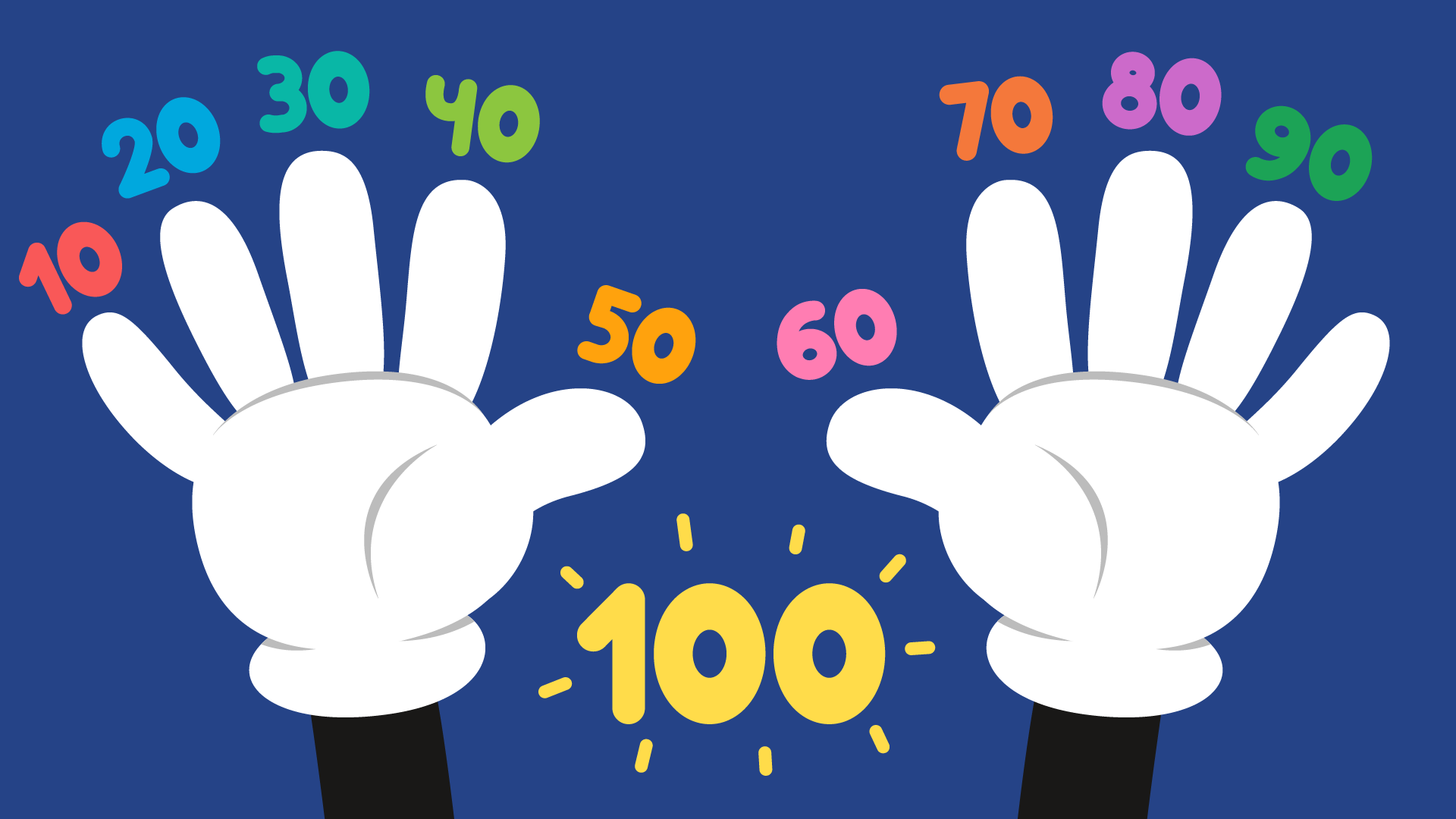Science. 1st Grade. What’s the Matter with Matter?
Dec. 24, 2021
Science. Matter for 1st Grade. States of Matter.
Everything around us is made of matter: a chair, a pen, water, and even air. But what is matter? What is it made of and what are its properties? To start with, matter is everything that takes up space and has a mass. The smallest unit that makes up all matter is called a particle, it is so small that it cannot be seen with the naked eye. These particles are responsible for the different characteristics that matter can take. For example, if we take a rock, juice and air, we can notice that they don’t all look and behave the same way. A rock takes up a certain specific shape that does not change according to where you place it. Juice changes its shape if you put it in a tall bottle or a shallow plate. Air, on the other hand, can float around. Thus, matter has three different states: solid, liquid, and gas.
Solids
Solids take specific shapes that can’t be easily changed. No matter where you place a solid object, it stays the same shape. For example, if you place a bowling ball in a cube box or a cylindrical box, it will remain spherical. This property of solids occurs because the particles that make up the object are so close together they have no space to move around. In addition, solids can be hot or cold, light or heavy, and indoors or outdoors. Using the Kids Academy worksheet titled ‘What are Solids?’, you can further explain to your kids how solids can be found in different surroundings. You can read the small passage together that will help them identify and circle the solids in the second exercise.
Liquids
Water, orange juice, and milk are all liquids. These liquids have something in common that solids do not have, which is their ability to take the shape of the container you place them in. Juice can fill and take the shape of a rectangular carton, a pyramid carton or even a plastic bag. Why is it able to do that? Because the particles in a liquid are not as tightly packed as in a solid, but situated loosely in a way that they can move around and slide past each other while still being held together. They are also difficult to compress so they do not fit into containers that hold less volume than required. The maze worksheet ‘What is Matter?’ is an exciting way to help your child practice differentiating liquids from solids by leading the thirsty hikers to the liquids in the maze.

Gas
Gas particles are so spaced out that they are in constant motion and they move and bump into each other and other particles. Air, for instance, is a gas. It floats all around us and takes the shape of any container it is placed in, regardless of the shape or size of the container. You can get a small jar of any gas, such as oxygen, and open it in a small room, and it will float around the whole room. If you then open the door of the room, it will float into the outside and the same gas particles can move from one city to the other! Some gasses are heavier than others, for example, Helium is lighter than oxygen or carbon dioxide, which is why Helium balloons float while normal balloons fall.
To reinforce some of the important terms in this lesson, have your kid solve this fun word search exercise found on our Kids Academy website in the worksheet titled ‘Matter Word Search’.

The Change of Matter
It is important to note that matter is not always stagnant, sometimes it can change from one state to another. This change in states can happen for one of two reasons: temperature or pressure.
When liquid matter is subjected to high heat, it undergoes a process called evaporation in which it changes from its liquid form to gas form. When the temperature drops, this gas reverts back to its liquid form in a process called condensation. On the other hand, when liquid is subjected to very low temperatures, it changes to solid through a process called freezing. If the temperature rises, the solid reverts back to its liquid form in a process called melting.
For example, notice how water can present itself in all three states: water for liquid, vapor for gas, and ice for solid. This change in states is explained in a more visual and kid-friendly way in the video ‘Changing States of Matter’ provided on the Kids Academy platform, where your child can learn about ice cream, the cycle of water, and other interesting facts.
Following this guide to assisting your little learners in establishing an understanding of this important lesson will not only help them excel in their current grade, but will also pave the way to expand upon it in their following year with ease and comfort.












